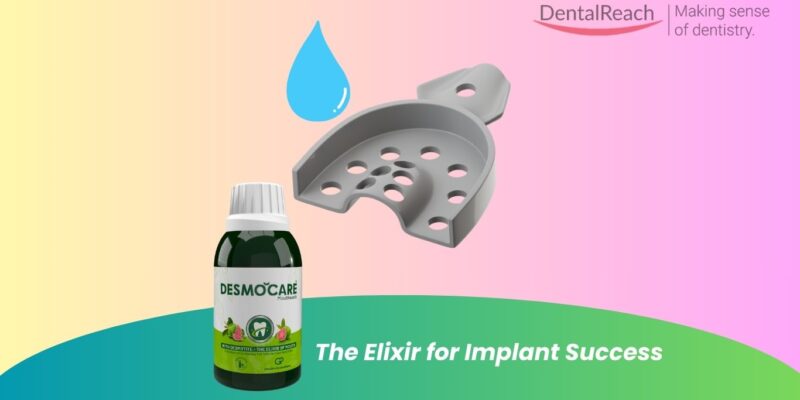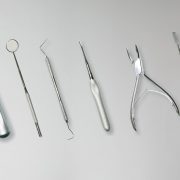In restorative dentistry, even the tiniest distortion in an impression can make or break the fit of a final restoration. A recent in vitro study published in the Dental Journal of Advance Studies (April 2025 issue) explores how different hydration levels—dry, moist, and wet—affect the accuracy and stability of elastomeric impression materials commonly used in dental practice.
Conducted by researchers from Bhojia Dental College and Hospital, Himachal Pradesh, the study compared two widely used vinyl polysiloxane (VPS) impression materials—Coltene President (addition silicone) and Coltene SpeedX (condensation silicone)—under standardized laboratory conditions following ADA Specification No. 19.
A total of 120 samples were prepared under varying hydration conditions to assess three critical factors:
- Dimensional accuracy
- Dimensional stability
- Surface detail reproduction
The results were insightful.
While no statistically significant difference in dimensional stability was noted between the two silicones, addition silicone consistently demonstrated superior detail reproduction and accuracy compared to condensation silicone. Among the different conditions tested, moist environments yielded better surface detail, while overly wet conditions tended to compromise precision.
The study found that dry addition silicone impressions provided the highest dimensional accuracy, while moist addition silicone performed best in reproducing fine surface details—suggesting that a completely dry field may not always be ideal. On the other hand, condensation silicone, though less precise, still performed within acceptable ADA limits and may remain a practical option in less controlled environments.
The researchers concluded that addition silicone remains the material of choice for clinicians aiming for highly accurate impressions, especially when capturing intricate cervical and marginal details. However, proper moisture control remains essential to ensure predictable and precise results.
This study reinforces what many prosthodontists and restorative dentists already experience chairside—the subtle yet significant influence of hydration on impression accuracy. As clinical techniques evolve and material chemistry advances, understanding these small factors can lead to big improvements in restorative outcomes.
Reference:
Kaur M, Kalra T, Kumar M, Bansal A, Avasthi A, Thakur S. An In Vitro Study to Examine the Comparative Accuracy and Stability of Elastomeric Impression Materials under Different Levels of Hydration. Dent J Adv Stud. 2025;13(1):1–7. DOI: 10.5005/djas-11014-0070




















Comments